10 Russian Blue cat facts
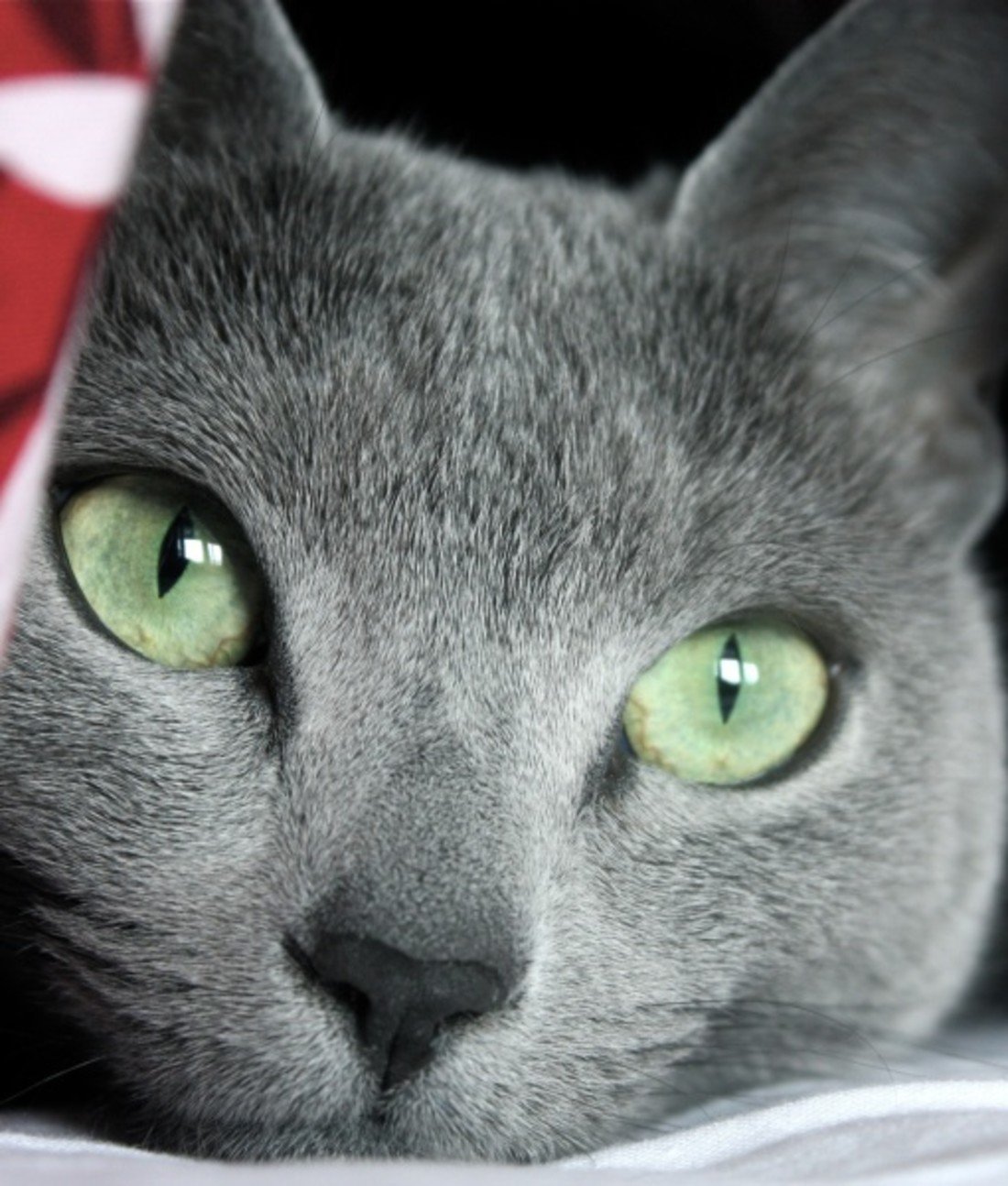
At Mom.com, we love all pets. But there is a special place in our hearts for cats. In an effort to learn more about this beautiful, mysterious, and spirited animal, we are exploring different cat breeds. This time around, let's talk about Russian Blues.
Russian Blues are also known as 'Archangel cats'
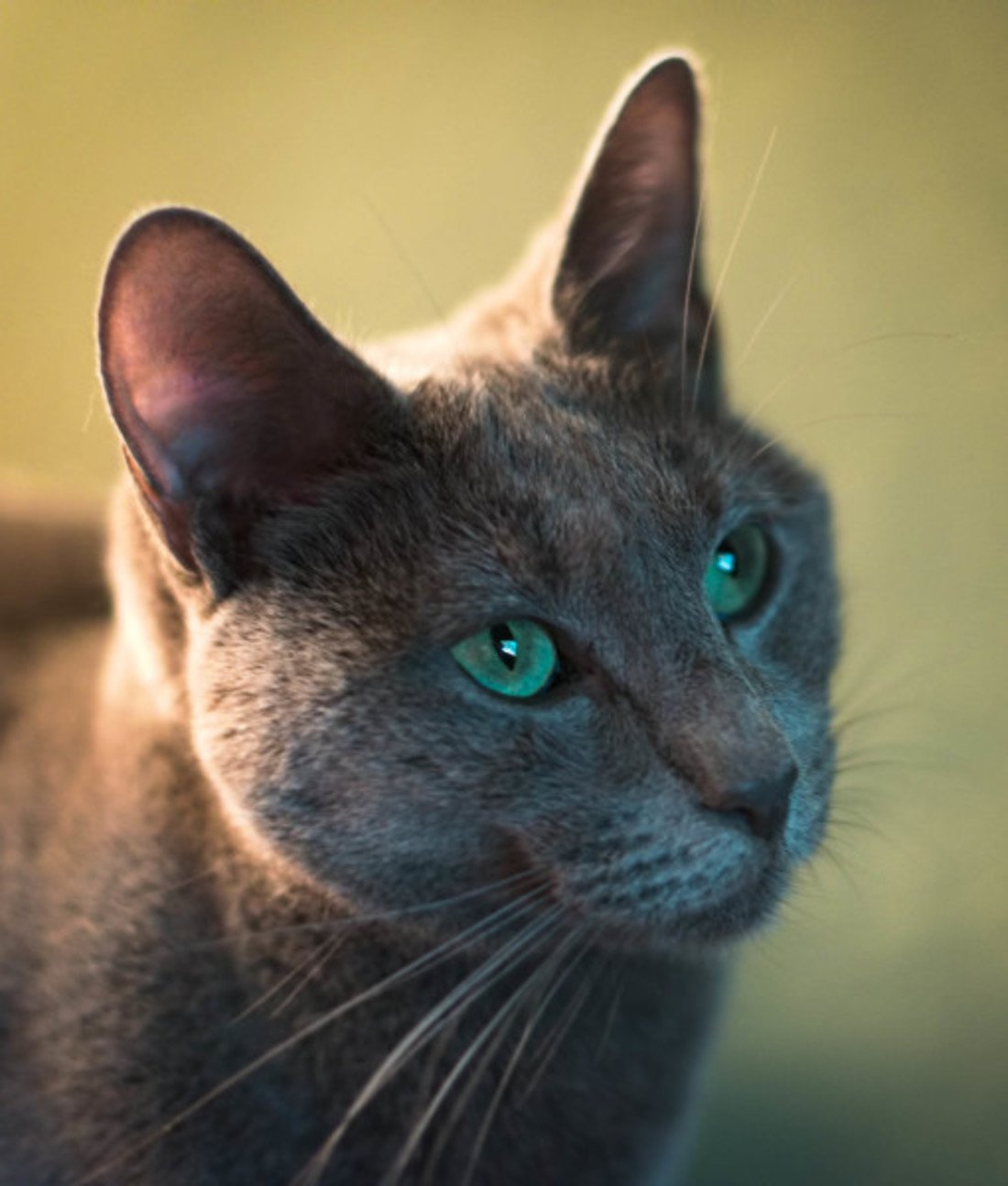
Although the exact origin of the breed is unknown, it is widely believed that Russian Blues came from the Archangel Isles in northern Russia. They made the journey to Europe, specifically Great Britain, during the 1800s and were most likely carried over by sailors. As a hail to that origin, they are sometimes called "Archangel cats" or "Archangel Blues."
Folklore thought Russian Blues were good omens
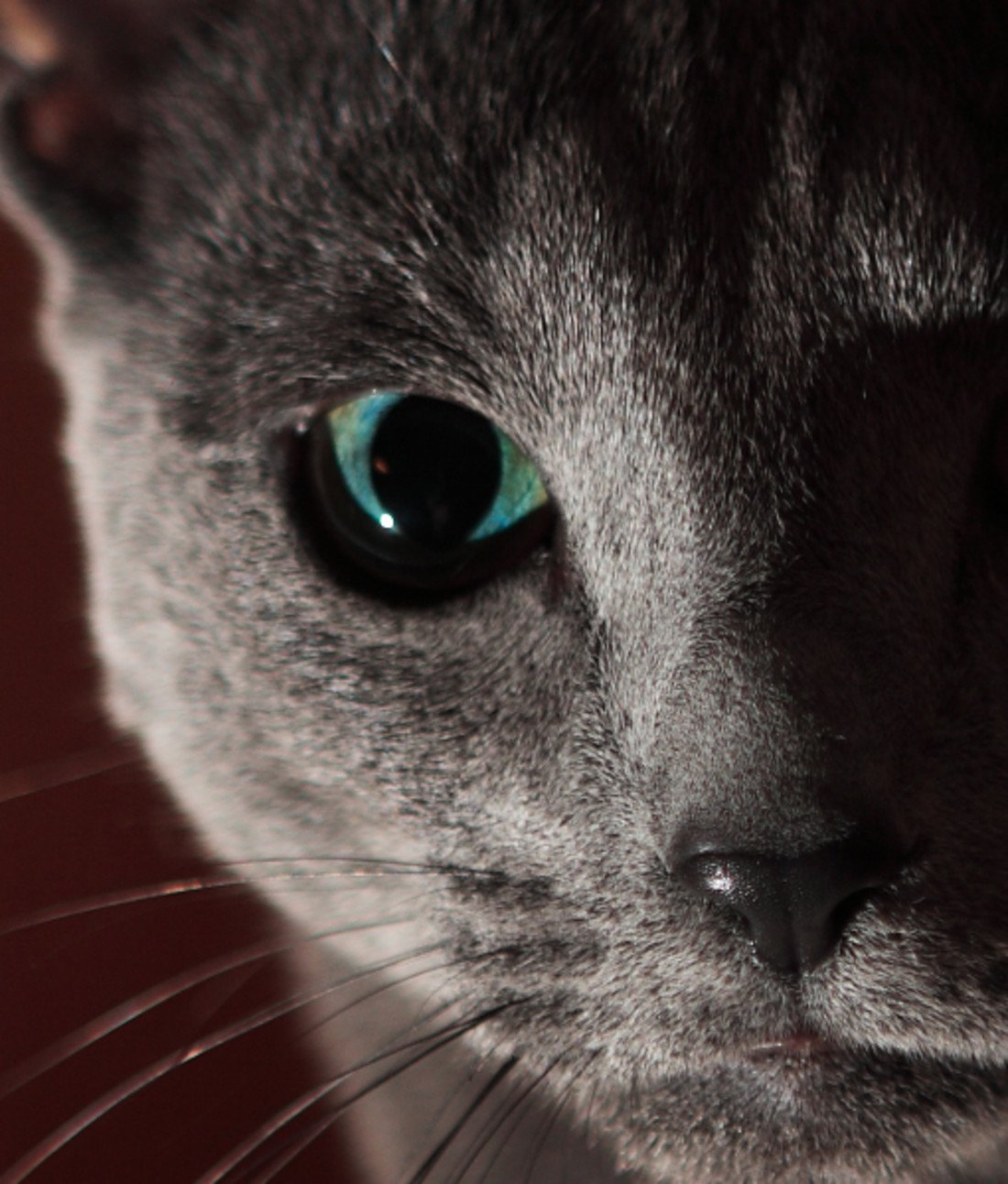
Going back to its heritage roots, these cats were considered a very good sign. In Russian folklore, the Russian Blue was thought to be a good-luck charm. There have been stories of a Russian Blue healing a sickly Russian prince and tsars placing the cats in newborns' chambers to ward off evil spirits.
Russian Blues really do have blue fur
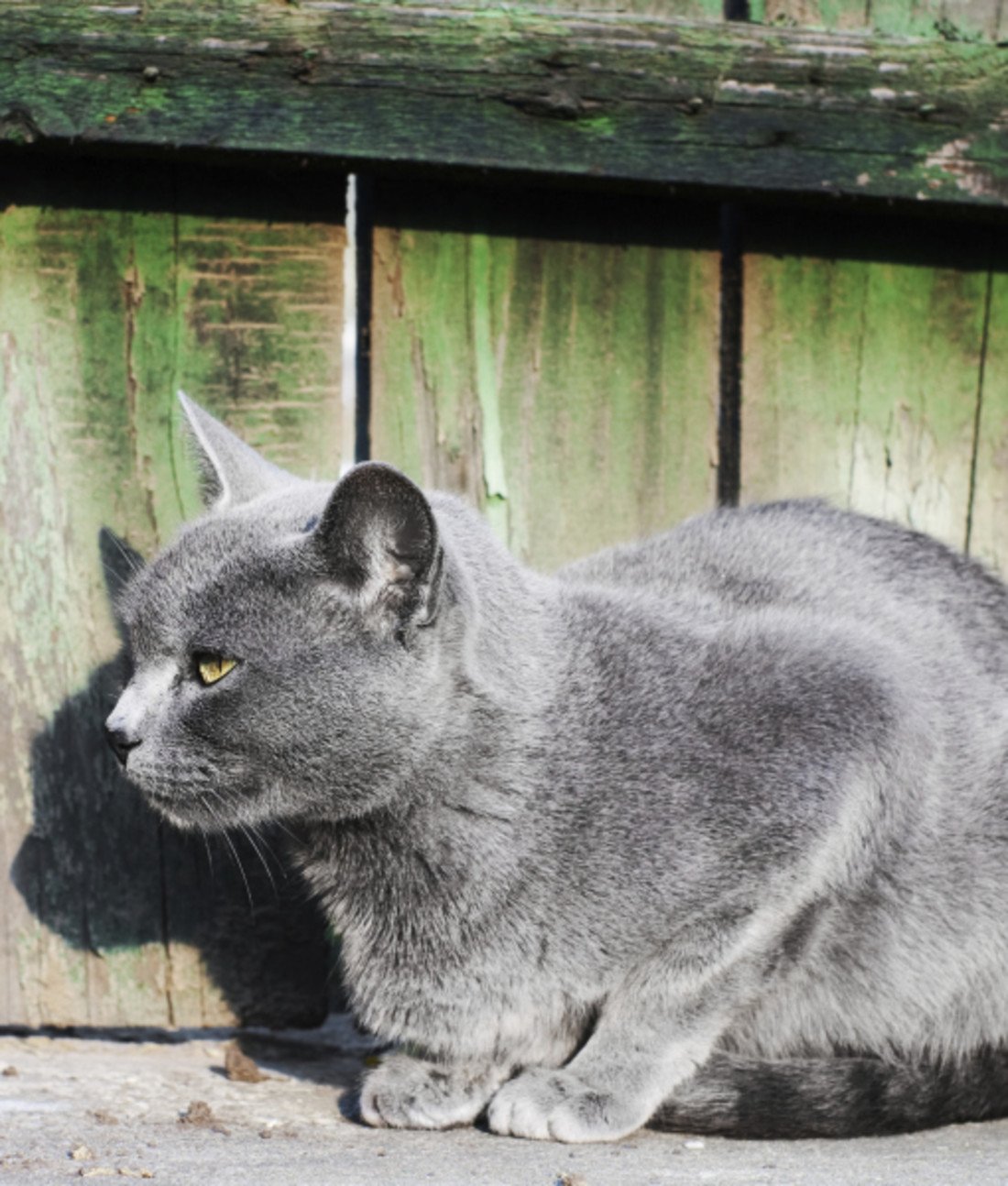
This breed's famous coat of fur is actually a double coat. It is thick, plush, and shimmers with reflective light. The undercoat is soft and downy. The top coat can sometimes be a soft black, but it's normally a shade of blue with silver at the tips, giving the Russian Blues their trademark fur color. Their eyes are another stand-out feature — normally a vivid green or yellow in color.
This is a naturally occurring breed
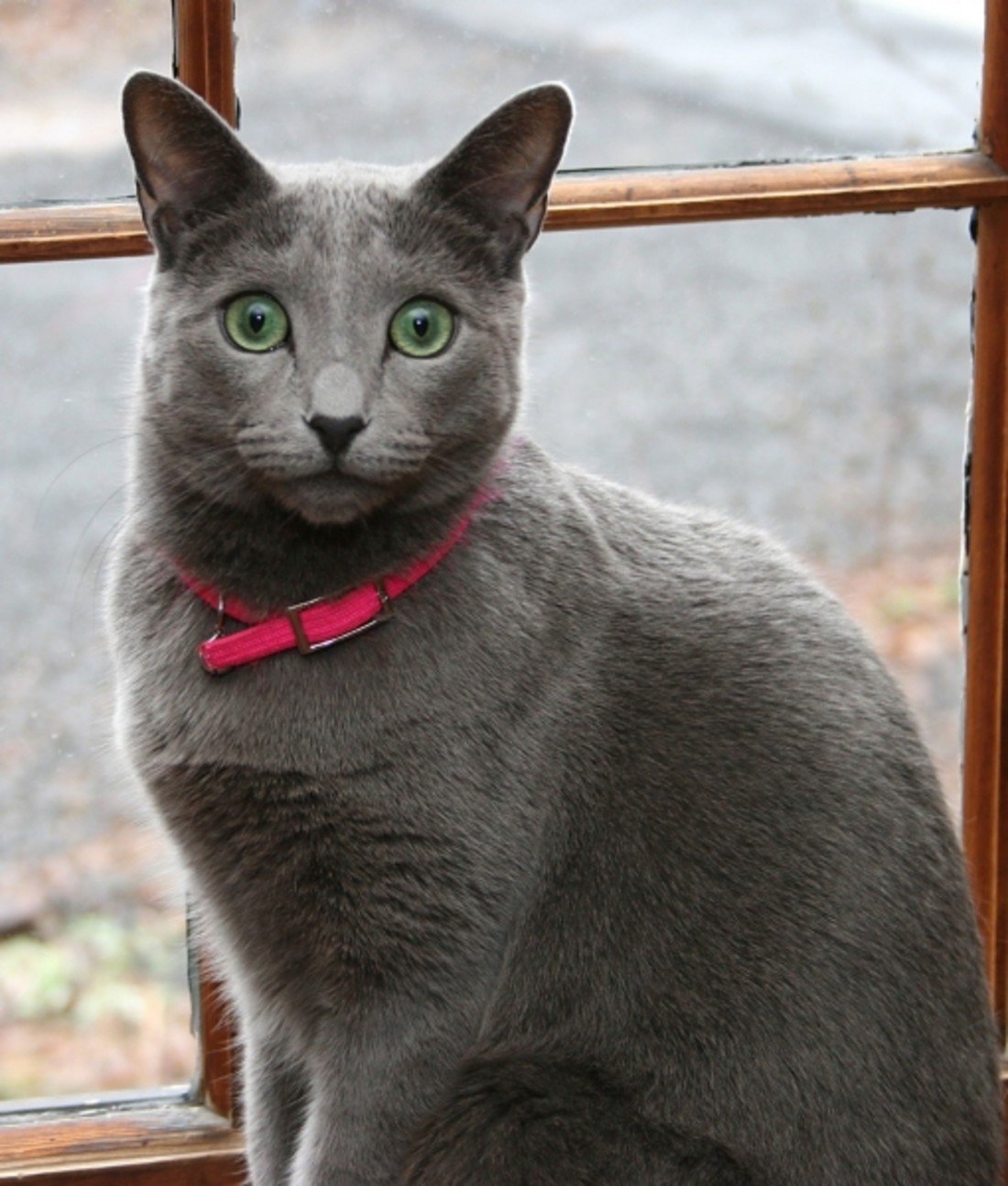
Russian Blues are not a product of cross breeding, but rather a natural breed of cat. There are no specific, recurring health problems associated with Russian Blues.
Russian Blues are very trainable
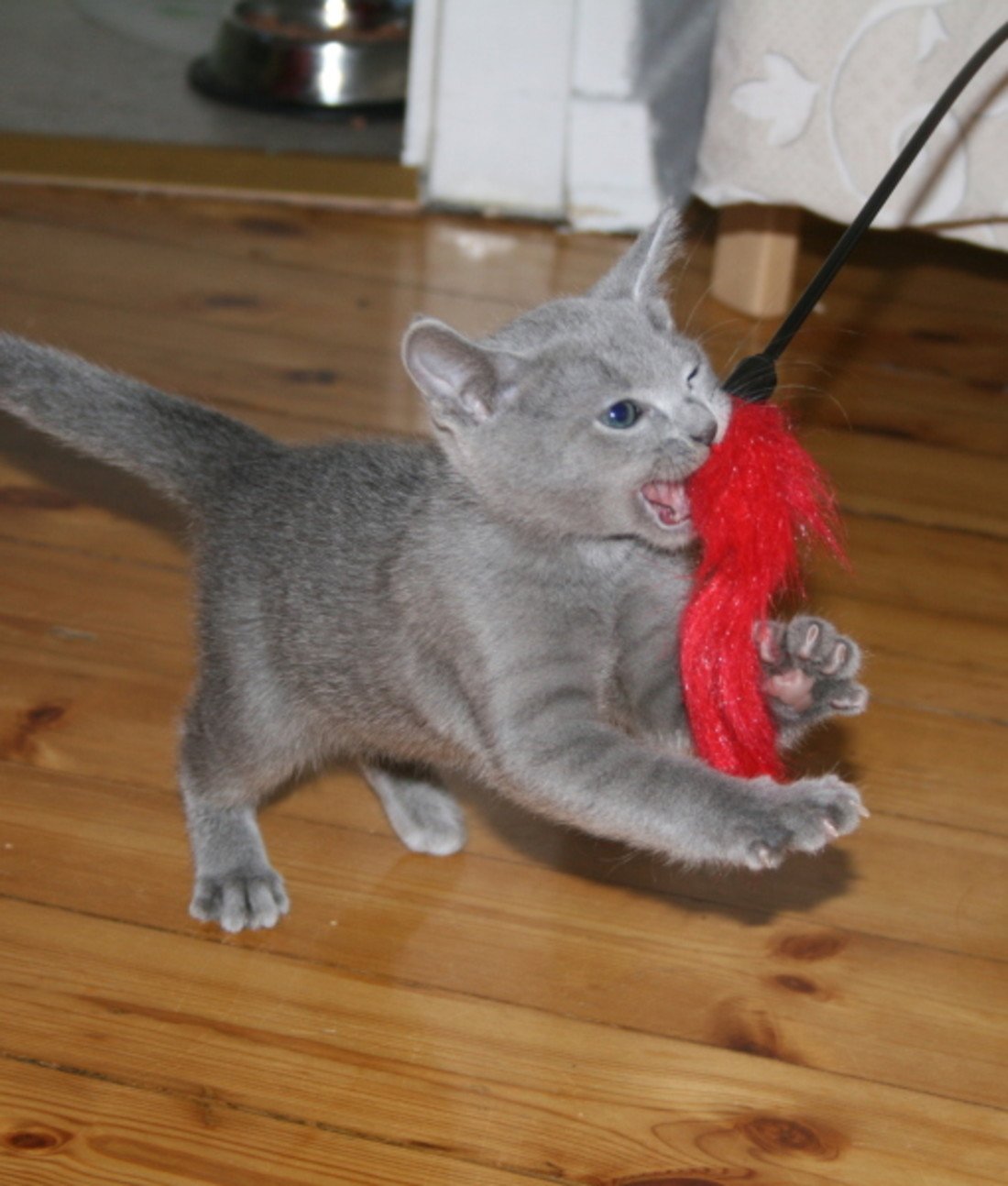
Russian Blues are smart cats. They love to play, can be taught to fetch and especially enjoy feather toys. While they like spending time playing with their favorite human companions, Russian Blues are independent enough that they can keep themselves entertained when left home alone.
Russian Blues are a 'royal' breed
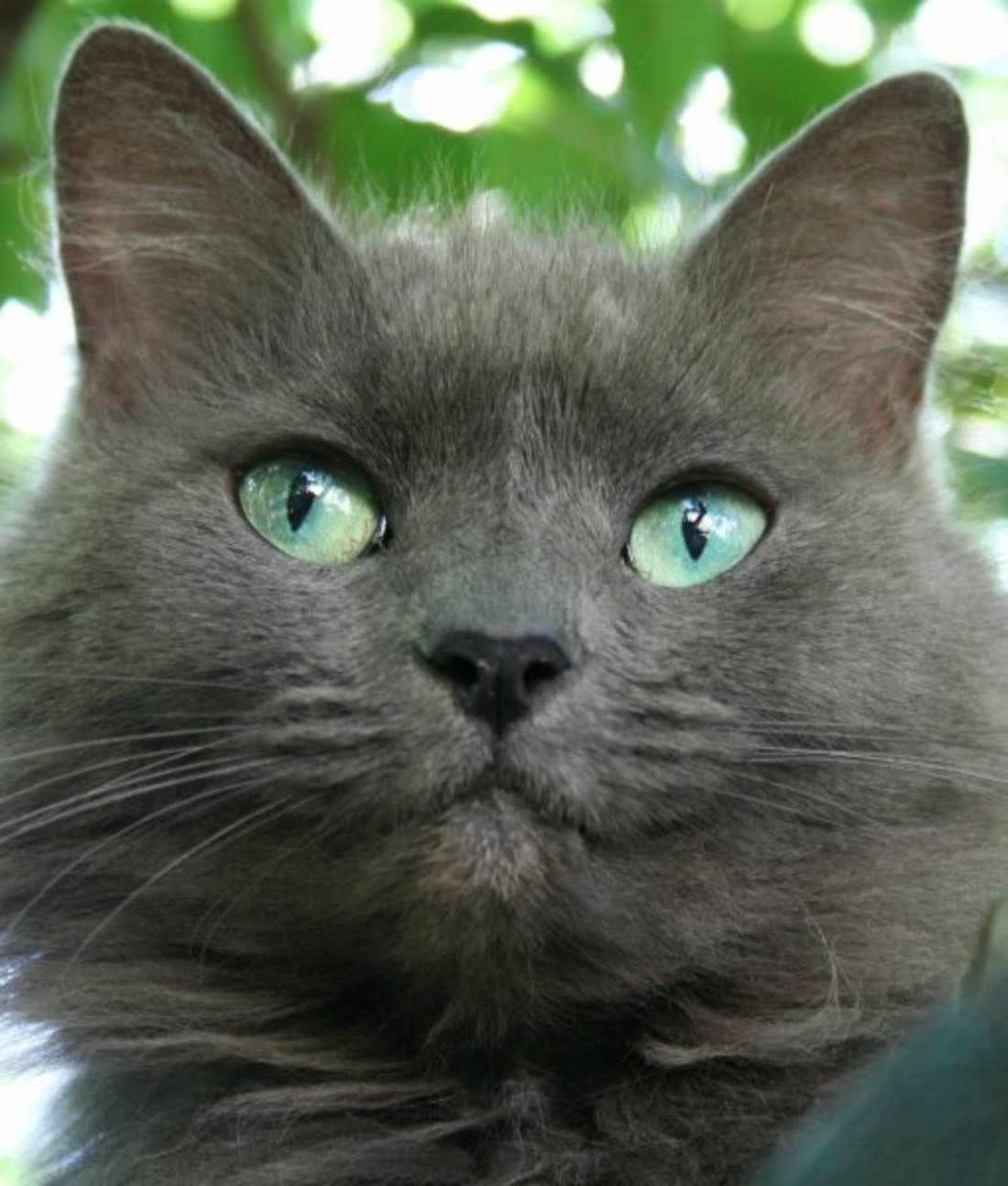
Although very little is known about the breed's origin, legend says that Russian Blues come from royalty. The plush fur coat and vividly colored eyes made these cats very appealing to Russian Tsars, who kept them as pets. Because of this supposed history, Russian Blues are thought to be descendants of royal cats.
Russian Blues are sticklers for schedules

If you don't have a set routine, this is not the cat for you. Russian Blues are not fans of change. They like to be fed at the same time, play at the same time, sleep at the time. They don't appreciate deviations from their schedule. These cats act as an alarm clock in the morning to make sure that you feed them, so there's no sleeping in with a Russian Blue in the household.
This breed is notoriously shy around strangers
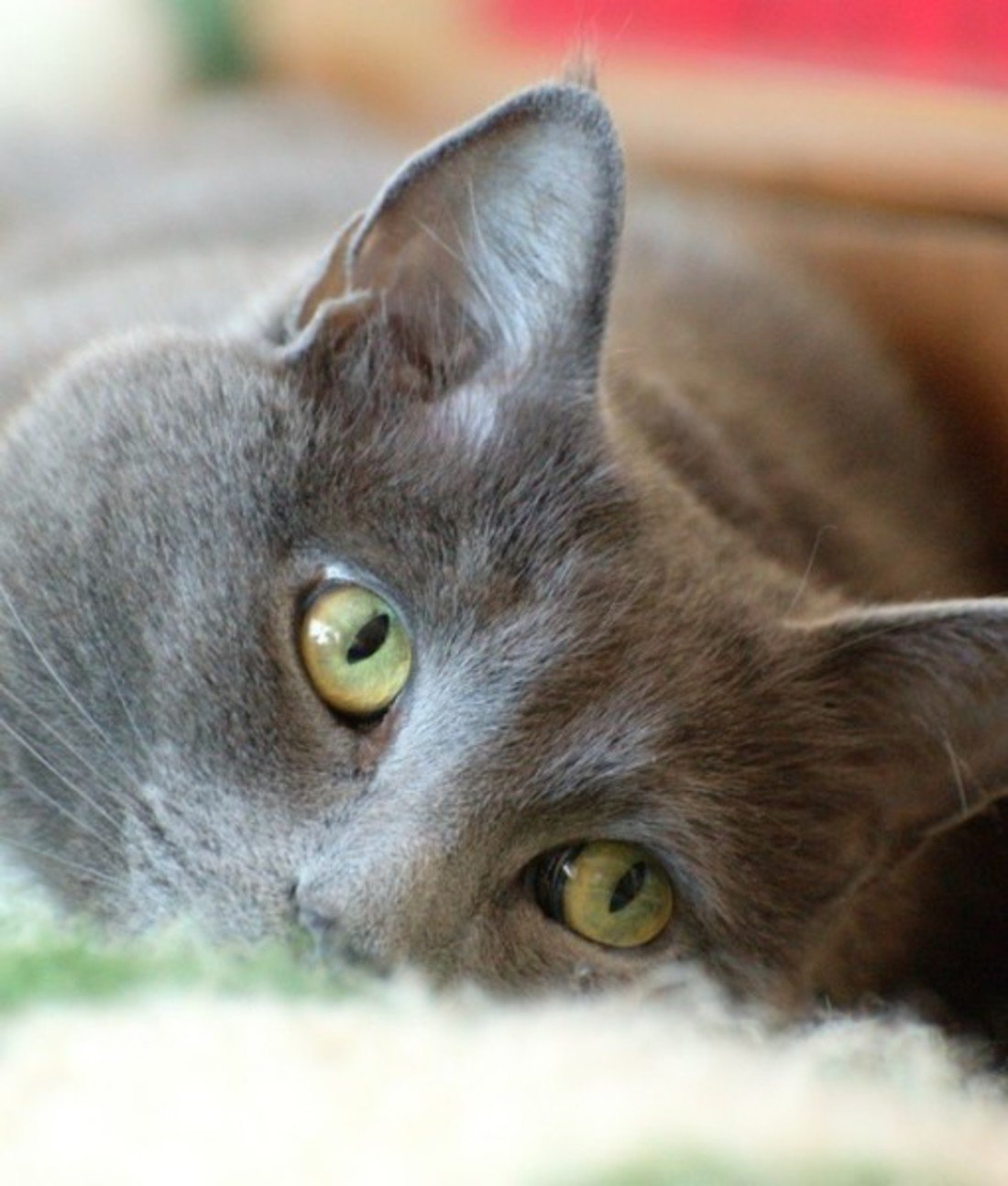
If people are constantly in and out of your house, this is not the breed for you. Russian Blues are skittish and tend to run away from unknown people. However, if you are in the inner circle, be prepared to play and cuddle. Russian Blues are very friendly towards their family and especially loyal to their favorite person. They follow their favored companion from room to room, and may become hurt if they don't receive what they deem to be the proper amount of attention.
Tom from 'Tom and Jerry' is thought to be a Russian Blue

The animated character Tom Cat famously chased after Jerry Mouse in a series of animated short films. He is widely believed to be a Russian Blue cat due to his blue-gray fur in the cartoon series.
Russian Blues like to be clean
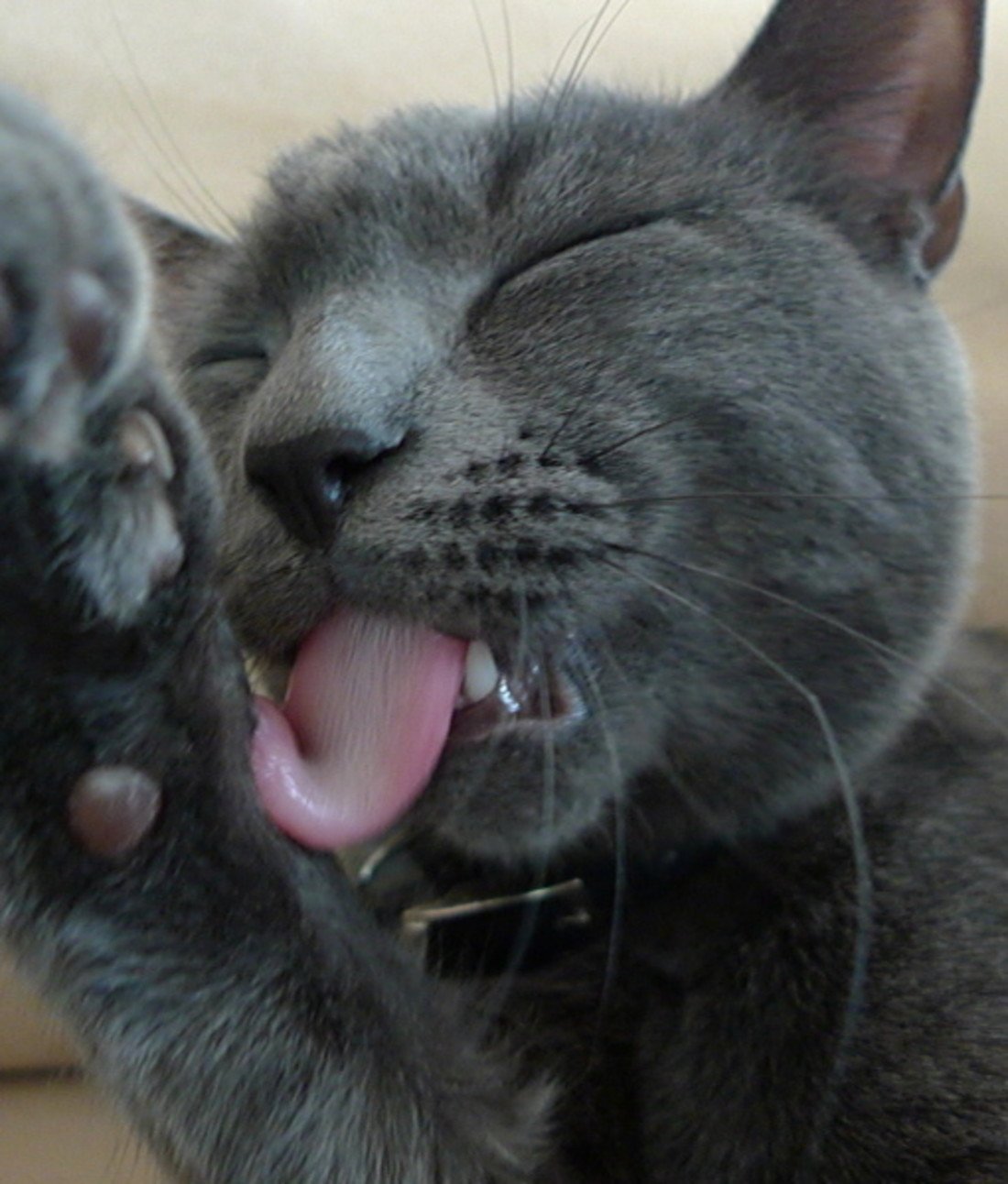
This breed values cleanliness. Russian Blues won't even go near a litter box if it's dirty. They'll find other places to relieve themselves, so be diligent about cleaning it. Their famous fur also requires upkeep. Russian Blues should be brushed or combed twice a week. The dense coat needs to be cleaned of any dead hair and skin oils distributed so that it can maintain its immaculate sheen.
